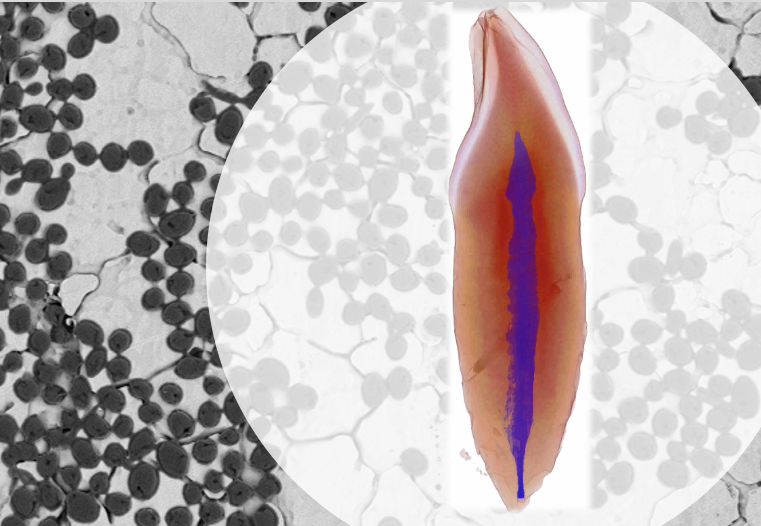
This technology consists in a novel anti-biofilm endodontic formulation for the treatment of dental infections that disrupts endodontic biofilm, namely persistent endodontic Candida albicans biofilms. The formulation can be used to disrupt biofilm, prevent biofilm formation, or for dissolution of endodontic filling materials. The additional use of a non-traditional and anti-biofilm solvent mixture in the final stage of retreatment procedures, with a dissolution efficacy similar to chloroform but without its potentiall hazards, may improve root canal cleanliness/disinfection and, thus, retreatments' outcome.
Certain microorganisms can remain after chemo-mechanical treatment of root canals in teeth with apical periodontitis living inside the root canal system in a biofilm form. Antimicrobial and anti-biofilm disruption are the most important goals to achieve success in endodontic retreatment. Hence, it is mandatory to regain access to the apical foramen by the complete removal of the potentially infected filling materials to create space to irrigating solutions and dressings, and to reseal all portals of entry to prevent recurrence of the infectious disease. Despite all the technology currently available, the complete and successful removal, although identified as a crucial step, is still not possible.
The present solution is a novel approach to control microbial films in endodontic retreatment through the association of “non-antibiotic drugs”. The formulation comprises methyl ethyl ketone (MEK) and an organic co-solvent or essential oil that provides a better removal of the microbial biofilms.
Moreover, the association of solvents also targets the most widely used filling endodontic materials (resinous sealers and gutta-percha) with an improvement of the dissolution ability. Therefore, it is an advantageous formulation since it presents a better solution to solve i) the persistence of biofilms in the root canal system, hidden by residual filling remnants, refractory to the conventional irrigants and intracanal medications used in non-surgical endodontic retreatment; ii) the persistence of potentially infected residual filling materials (gutta-percha and sealer); iii) the utilization of toxic and potentially caustic irrigants and solvents; and iv) the over-enlargement of root canals in order to further remove infected dentine and residual filling materials and to improve the efficacy of conventional irrigation.
The anti-biofilm activity is improved by a synergistic effect, with low cytotoxicity, maintaining high dissolution material over filling materials.
The presented solution is a different approach to effectively clean the root canal system by applying specific solvents improved by agitation as an additional final step in retreatment procedures. The novel formulation is an alternative to the conventional antimicrobial irrigants currently used.






